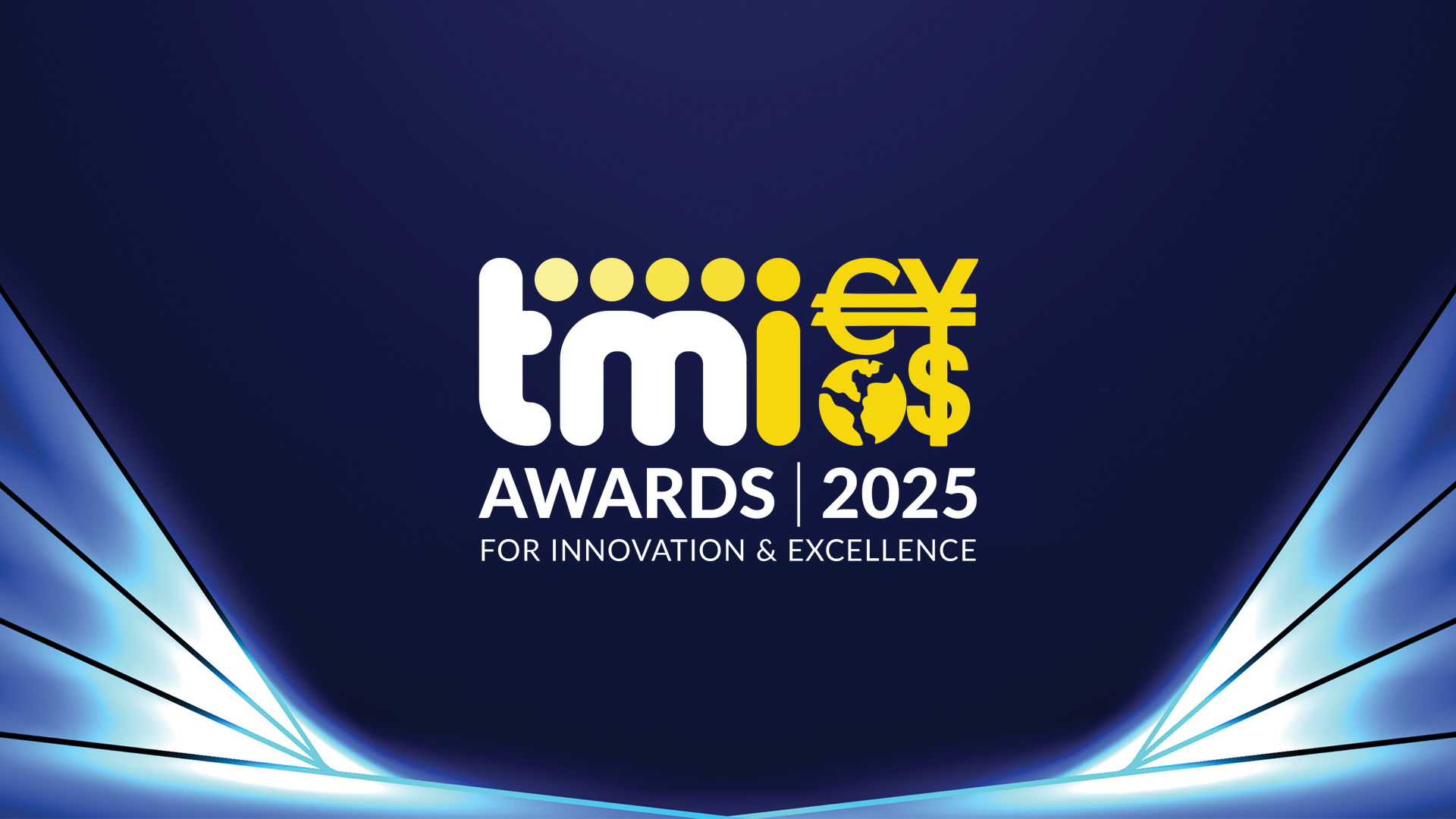

- Bettina Ludwig
- Head of Financing, Treasury and Insurance, S&T AG
Looking to enhance visibility over treasury data and to support an ambitious company growth plan, S&T AG decided to roll out a new treasury management system across the group. Here, Bettina Ludwig, the company’s Head of Financing, Treasury and Insurance, reveals the twists and turns of the implementation journey and shares best practices from the experience.
With the slogan ‘We love IT’ attached to its name, Austria-headquartered S&T AG is no stranger to high-tech concepts and systems. For the independent system integrator’s treasury department, this has meant embarking on a journey to automate and digitise processes by implementing a new treasury management system (TMS).
“It’s essential to have a complete overview of all issues going on in treasury, as the department has a wide remit,” says Ludwig. “Cash is of course top of the list, but treasury also needs visibility over processes such as guarantee management. If you have everything in one system, it makes it much easier, not only for treasury, but for any internal entities that require that information – with the correct permissions, of course.”
With this goal in mind, Ludwig’s team felt it was time to implement a TMS to take their operations to the next level of efficiency.
Group-wide system roll-out
Selecting the TMS provider was relatively simple for the S&T treasury. While Ludwig has been with the company for almost two years, the selection of BELLIN’s tm5 originates back to discussions a few years earlier. “Back in 2016, S&T bought a group of entities in Germany and they were already using the BELLIN system,” explains Ludwig. “This made the vendor selection decision much simpler, because employees who are already working with that system are used to it and think it works well. Safe in that knowledge, we decided to roll it out across the group, with entities located in 32 countries around the world.”
As with all implementation projects, it took time to ensure all entities were onboard – in this case circa nine months. The reason for this extended timing, explains Ludwig, was largely down to the fact that the S&T treasury was working in parallel with Excel throughout the implementation stage.
“We didn’t want to just leave all the employees with the system, we needed to err on the side of caution,” notes Ludwig. “Essentially we were running a double data entry for that time. All users had to enter the same data twice, once into the new system, and once into Excel, and then provide this to us at the treasury headquarters. For the cash and credit facilities report, this was a little challenging!”
Navigating challenges
On the subject of reporting, this has proved to be the biggest hurdle that S&T has faced with the implementation. “The most challenging thing is that if we want a specific report, the system is not configured to provide it in a customised way,” Ludwig says. “We have spoken to other companies which use the system and they have the same problem. But in February 2020 BELLIN showed us a new version, an update to the system that gives many more possibilities – better reporting and the ability to customise it yourself. This is a big update for us as it will make things much easier.”
Although the update to the system offers the enhanced and specific reporting functionality that the S&T treasury was seeking, unfortunately it hasn’t been implemented as yet, having fallen foul of the global Covid-19 pandemic. “We have had to postpone the update for one quarter unfortunately, due to the coronavirus, and actually there are still some open questions, which have to be clarified with the provider. Nevertheless, we are really looking forward to having the more optimised reports in place as they will be really beneficial for us in treasury,” explains Ludwig.
“It is actually quite interesting being in limbo at the moment. Currently we know how it will work theoretically, but we don’t yet know how this is going to work in a practical way, regarding reports, for example. Of course, we have the vendor reports, and if it is really working as well as they have presented it to us, then we will be OK.”
Best practice makes perfect
Reflecting on the implementation journey that the S&T treasury has been on, Ludwig stresses the importance of understanding the specific needs a treasury has before embarking on a group-wide roll-out. “My advice is to determine a strategy and to really think about what you need. This is particularly important when it comes to the reporting aspect. When you have the reports you require, you can undertake analysis and apply the results to specific areas in treasury management. But to achieve this, you need to know what the report output should look like and precisely what information you need – a rough estimate is not good enough.”
Having a clear understanding of your treasury system needs also enables better communication with TMS vendors during the selection process. Having those requirements in mind lets you interrogate the systems you are presented with, Ludwig advises, creating a checklist of functionality that can be used to compare different systems.
“With this kind of matrix, you can easily see which needs the systems can meet now, and what they can do in the meantime if it is not currently possible,” says Ludwig. After all, no single system ticks all of the boxes. The good thing about the Bellin system, she notes, is that there is continuous development – the system is always being updated. “BELLIN takes on feedback from all the companies that use the system and enhances it based on those conversations. In turn, every company using it benefits from that.”
Treasury supporting business growth
With the BELLIN system now in place, and the update in the pipeline, Ludwig is keen to leverage the insights it produces to keep enhancing S&T’s treasury processes to support the organisation’s growth targets.
“We want to optimise our working capital further. We currently have a factoring programme and a reverse factoring programme in place, but we would like to do more and we are negotiating with the banks around this. It’s a topic we have been focused on since 2018, and we have made significant progress, but there is definitely further room for improvement – and hopefully the TMS will support us in this goal,” she concludes.



